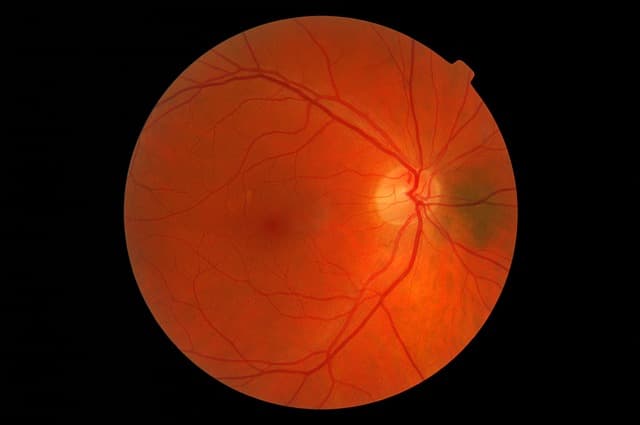Current treatment for diabetic retinopathy may be limited, but habitual tea consumption may reduce the risk of developing the disease, reports a new study.
Diabetic retinopathy, known as diabetic eye disease, occurs due to the high blood glucose-related damage to the small blood vessel in the retina. In 2115, almost 2.52 million people of all ages had vision impairment, including blindness due to retinopathy (Flaxman et al., 2017), the condition increases the risk of blindness 2.4 times higher than the healthy individual (Cheung et al., 2010, Genz et al., 2010).
In a recent report (WHO 2020), the World Health Organization has also described ‘diabetic retinopathy is an important cause of blindness.’
Current Treatment of Retinopathy
Current treatment of retinopathy is limited, and in most cases, the conventional treatment is described as costly and these methods are costly and have relatively poor efficacy (Lin et al., 2016).
However, regulating diabetes through habitual tea consumption, mainly green tea, may reduce diabetes-related complications, including retinopathy, suggest a recent study (Xu et al., 2020).

The study was conducted in a community in Weitang Town, Suzhou, China. In the study, all 5,281 participants, aged 60 or over, including 614 individuals with type 2 diabetes, were asked to answer several key questions—to collect information about the participant’s lifestyle and habit of tea consumption, including duration, type of tea, and frequency.
All individuals were also had detailed eye examinations. After collecting the all required information for the study, the investigators applied two mathematical models, univariate and multivariate logistic regression analyses, to analyze the data.
The investigators found that the prevalence rate of DR was 10.38% in the diabetic population and 1.04% in the general population.
Among the diabetic population who consumed tea for a more extended period, over 30 years had the DR prevalence of 4.81%, compared to non-tea drinkers’ diabetic patients, 11.78%.
Elderly diabetic Chinese residents who consumed tea for more than twenty years had a lower risk of DR than non-tea consumers. ‘The long-term tea consumption may be an independent protective factor for DR’—concluded the study.




















